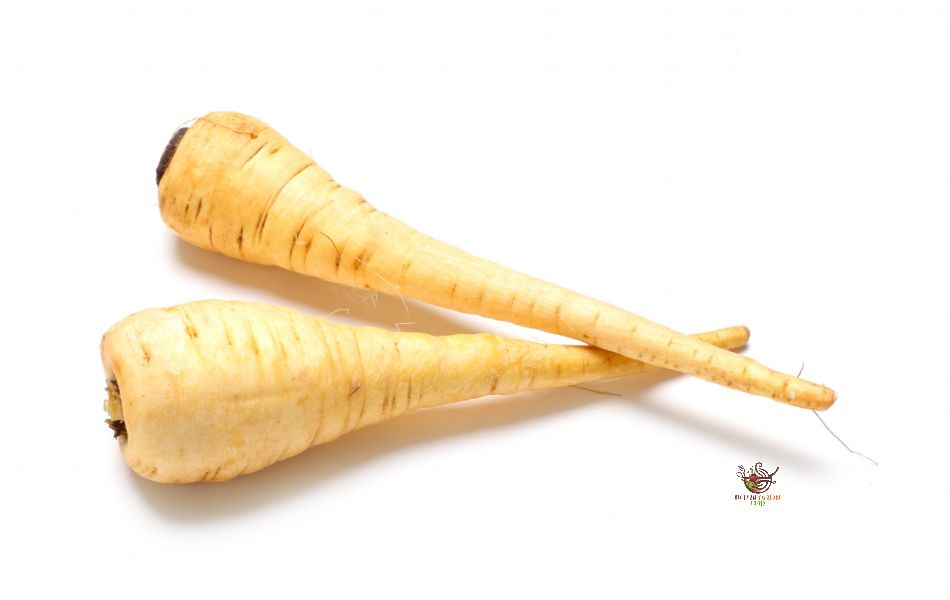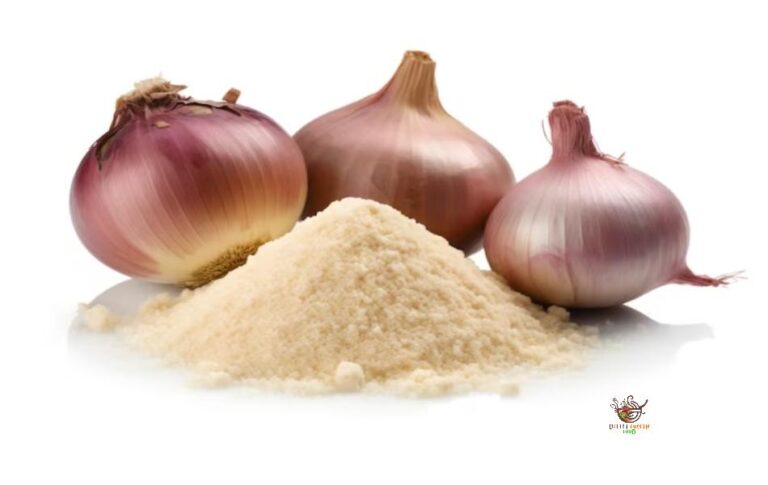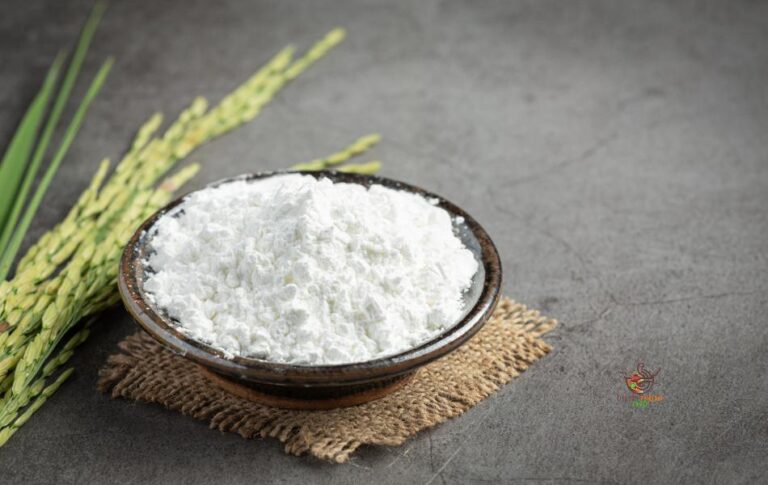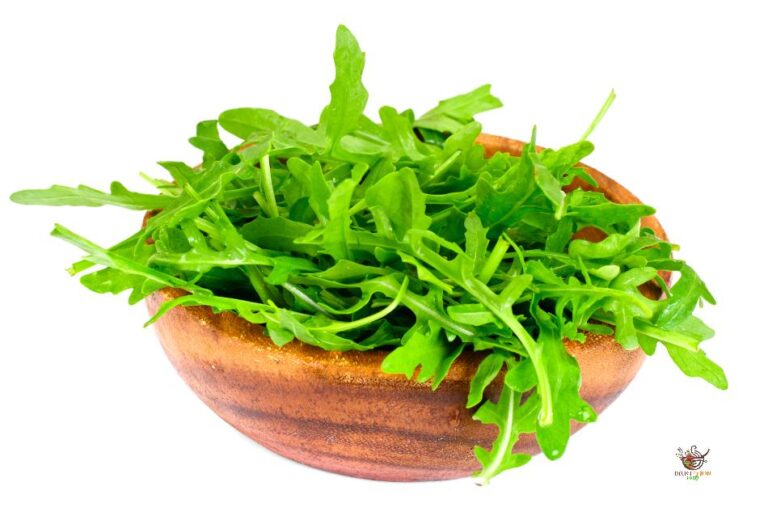13 Fantastic Parsnips Substitutes
Parsnips are root veggies commonly used in cooking for their sweet and nutty taste. But they might not always be easy to find or liked by everyone. So, it’s good to know what else you can use instead. Here, we’ll talk about 13 other foods that can replace parsnips.
What are Parsnips?
Parsnips, scientifically named Pastinaca sativa, are root vegetables like carrots and parsley. They have long, carrot-like roots but are easy to spot with their creamy color.
Nutritional Content of Parsnips (per 100 grams):
| Energy | 75 kcal |
| Carbohydrates | 18 grams |
| Fiber | 4.9 grams |
| Protein | 1.2 grams |
| Fat | 0.3 grams |
| Calcium | 36 mg |
| Magnesium | 29 mg |
| Phosphorus | 71 mg |
| Potassium | 375 mg |
| Sodium | 10 mg |
| Vitamin C | 17 mg |
| Folate | 67 µg |
| Vitamin K | 22.5 µg |
| Vitamin E | 1.49 mg |
Health Benefits:
- Parsnips have lots of fiber, which helps with digestion and keeps your gut healthy. They’re also packed with potassium, which keeps your blood pressure in check.
- Contains essential vitamins and minerals such as Vitamin C, Vitamin K, and Folate, supporting overall health and immunity.
How Parsnips Make Cooking Better
Parsnips have been a cooking staple for ages, known for their sweet, nutty taste that enhances various dishes like soups, stews, roasts, and curries. They’re versatile veggies, perfect as sides or mashed up as a healthier alternative to potatoes.
In cooking, parsnips are essential for enhancing the flavor and richness of foods. Their sweet, nutty taste complements different flavors, balancing out spicy or tangy dishes. Plus, they’re packed with fiber, vitamin C, and potassium, making them a nutritious choice for anyone looking to eat healthy without piling on the calories.
Using parsnips in cooking is a breeze – they can be roasted, boiled, mashed, or blended into purees, making them adaptable to any recipe. Their versatility makes them a hit in kitchens worldwide, adding depth and flavor to everything from soups to side dishes.
Overall, parsnips are a fantastic addition to any meal. They bring taste, nutrition, and flexibility to recipes, making them a beloved ingredient in cuisines across the globe. Whether you’re whipping up a cozy stew or a fancy roast, parsnips are sure to elevate your dish.
13 Best Parsnips Substitutes
If your recipe asks for parsnips but you’re fresh out, don’t worry! Just take a peek in your fridge, and you’ll likely find a suitable replacement. This guide will help you pick the perfect alternative for your dish.
1. Carrots
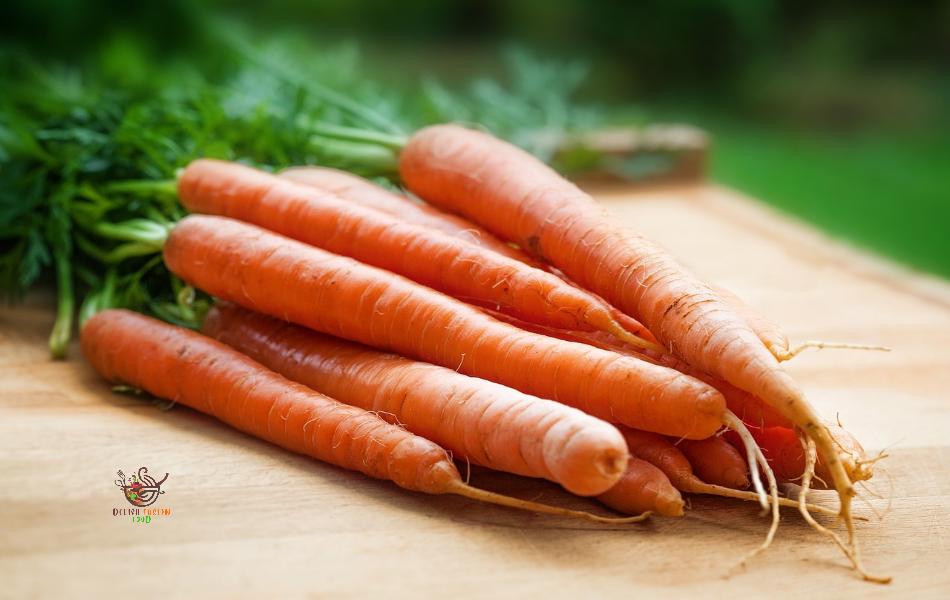
Carrots are a great substitute for parsnips. They’re also root vegetables and have a similar sweet and earthy taste. But unlike parsnips, they don’t have that celery or licorice-like flavor. Carrots are versatile and used in lots of dishes like soups, stews, and roasted veggies. They’re also perfect for making purees and mashed dishes. If you can find white carrots, they’ll look most like parsnips, but regular orange carrots work just as well. Just use 1-2 carrots for every parsnip in your recipe.
2. Turnips
Turnips are another kind of root veggie that tastes like a mix of radish and cabbage. Their crispy white inside has a slightly peppery taste with a hint of sweetness. For the best flavor, go for young, fresh turnips that aren’t too bitter yet.
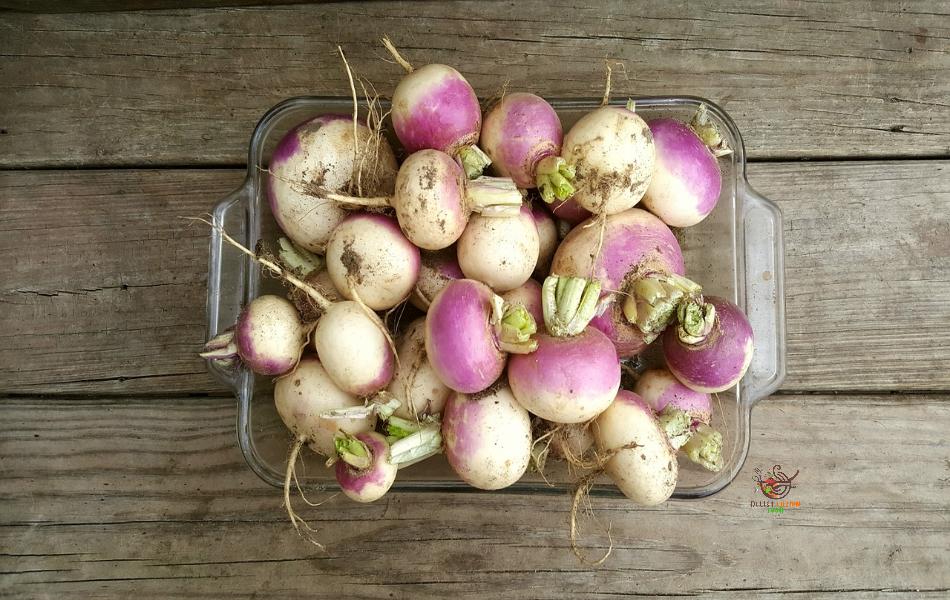
You can mash, steam, or roast turnips, and they’re great diced up in stir-fries. Just remember, they’re not as sweet as parsnips since they’re from a different family. To make up for this, you might want to add a sweet sauce like honey glaze when using turnips in your dish.
3. Rutabaga
Rutabaga, also known as Swedish turnips, is a root vegetable that’s a mix of turnips and cabbage. When it’s raw, it tastes like a mild turnip, and when cooked, it’s similar to Yukon potatoes.
You can swap rutabaga for parsnips in recipes like mashed dishes, casseroles, stews, soups, and roasted vegetables. But here’s the thing – rutabagas have firm flesh, so they’re a bit tough to peel and cut. Just be careful when handling them.
4. Parsley Root
Mistaking a parsley root for a parsnip is forgivable, given their similar appearance, especially the root part. If you’re aiming for the starchy texture of parsnips, parsley root is a great alternative. However, parsley root has a sweeter, milder taste, often compared to a blend of celery and parsley.
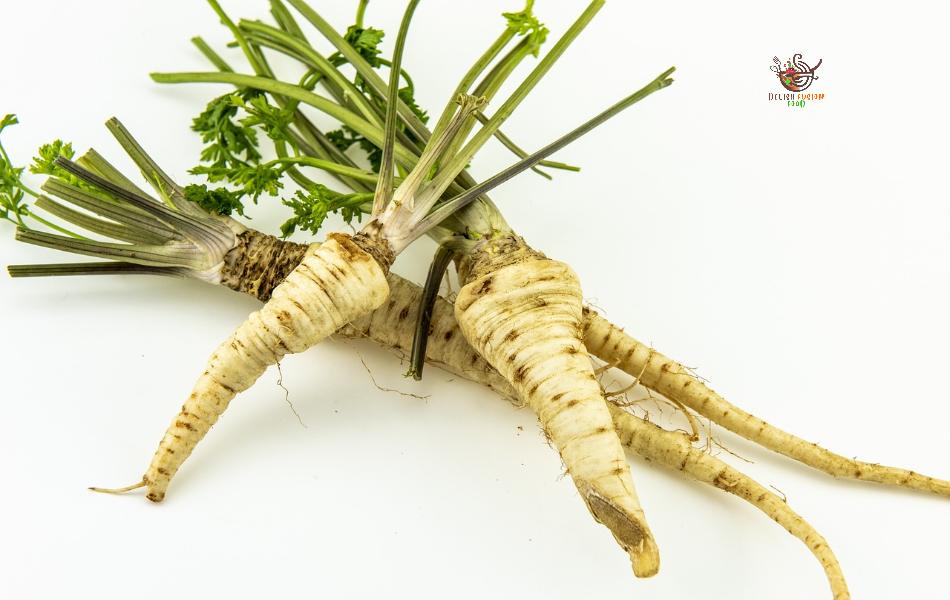
You can use parsley root in baked, roasted, or fried dishes. Unlike parsnips, though, parsley root can be diced and added to fresh salads for a sweet crunch. It’s also excellent for making creamy purées, adding a pleasant aroma to mashes and soups.
5. Celery Root (Celeriac)
Celeriac, also called celery root, is another great option to swap for parsnips in many recipes. Celery root is known for its starchy insides and veggie taste. It’s great as a substitute for parsnips in recipes where you slow-cook them. Steam-roasting celery root brings out its sweetness.
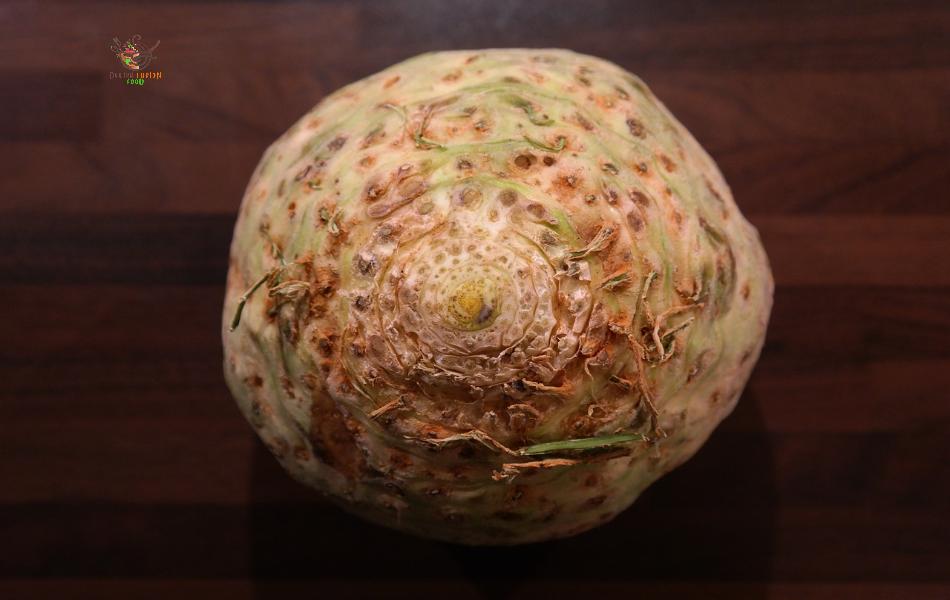
It’s perfect for soups and casseroles and is packed with vitamins and antioxidants, making it a healthy choice. Just remember, celery root is thicker than parsnips, so it needs more cooking time.
6. Salsify Root
Salsify root looks a lot like parsnips. It has an earthy taste and a crunchy texture, great for creamy soups or side dishes. Even though salsify isn’t as popular, it’s a good source of Vitamin C and fiber.
To use salsify instead of parsnips, peel and cut them into cubes. Then boil or bake them in oil, just like parsnips. Choosing salsify over parsnips gives you a unique flavor and boosts your nutrition.
7. Kohlrabi
Kohlrabi, also called German turnip, is a type of cabbage with a peppery and sweet taste. It’s a great substitute for parsnips. You can eat kohlrabi raw or cooked, just like parsnips. So, you can use it in all kinds of dishes without any problems.
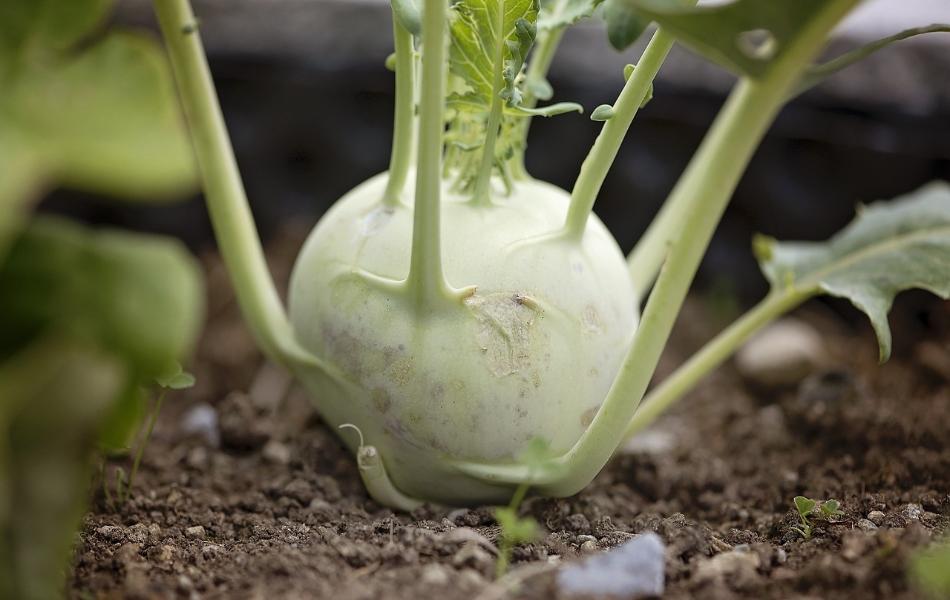
But there are a few downsides to using kohlrabi. First, it’s not as common as other options, so you might have trouble finding it in smaller stores. You’ll probably need to check big retailers with a wide selection of produce. Also, kohlrabi has a softer texture, like cauliflower stems. This might change how your dish turns out.
8. Sweet Potatoes
Sweet potatoes might not be your first choice for soup or stir-fry, but they’re versatile! They’re a good substitute for parsnips, especially as a side dish with meat or chicken. You can use them raw in recipes where you’d use parsnips. Plus, you can mash, fry, or roast them for tasty meals.
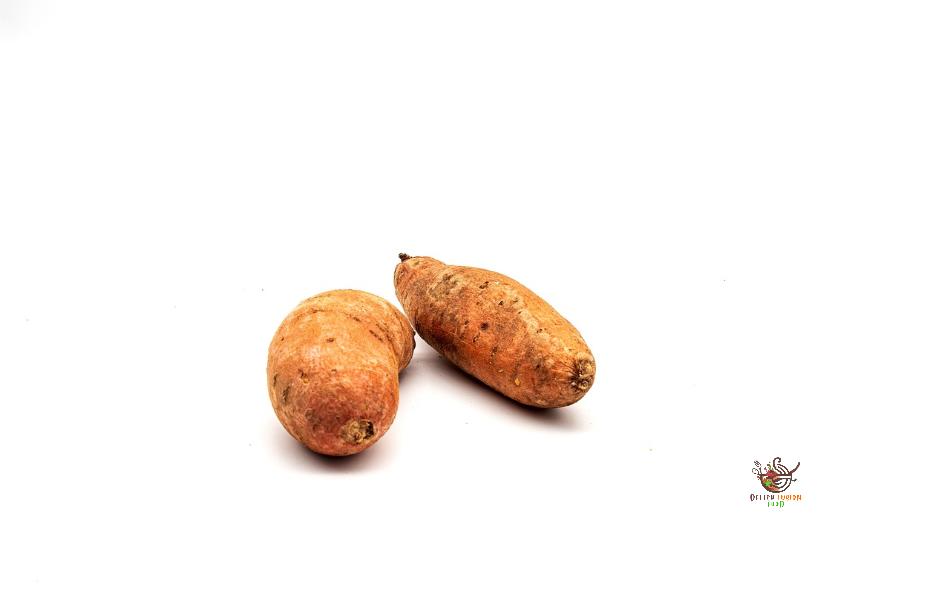
And here’s the best part: sweet potatoes are packed with good stuff like vitamin A, vitamin C, and fiber, making them even better for you than parsnips.
9. Potatoes
Potatoes are common root veggies that you can find anywhere. They’re great for quick parsnip swaps when you’re short on time. They’re not as sweet, but you can use them instead of parsnips in most recipes. Try them in soups, stews, or mashed dishes.
Potatoes have vitamin C, which boosts your immune system, and lots of carbs for energy. But be careful – raw potatoes might have a poisonous compound called solanine. Stick to using potatoes in cooked dishes to be safe.
When subbing potatoes for parsnips, cut them into small cubes so they cook evenly. Roast or fry them until they’re as crispy as you like, then add butter or herbs for extra flavor.
10. Radishes
Radishes, closely resembling turnips, offer another option for replacing parsnips in specific dishes. When raw, radishes are spicy and zesty, which might seem different from parsnips. But some radishes, like Daikon radishes, are milder in taste. You can use them instead of parsnips in recipes like stir-fries or roasted veggies.
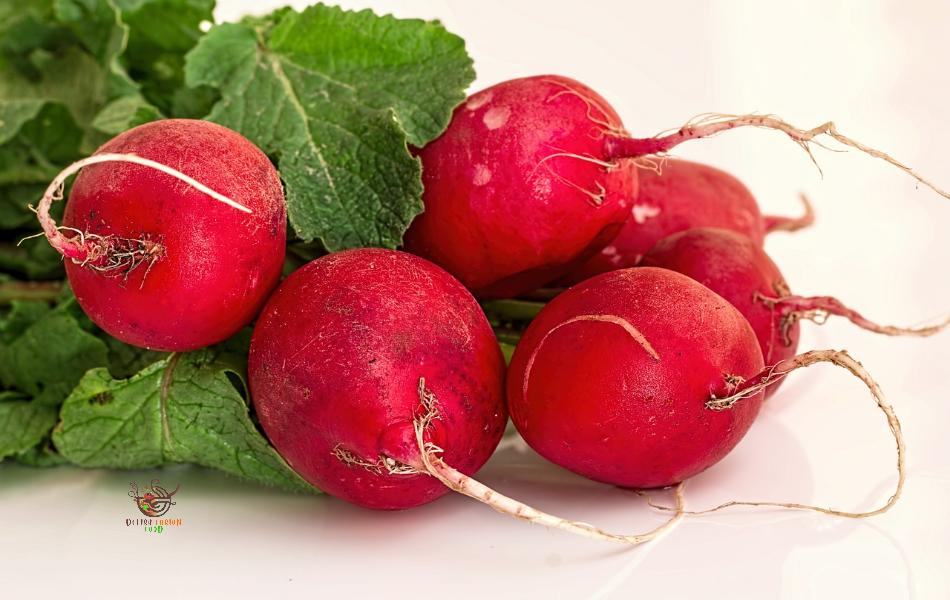
They’re best when cooked because they bring out their sweetness and reduce the spice. If you’re substituting, use the same amount of chopped radishes as you would chopped parsnips.
11. Arracacha
Arracacha is often known as the Peruvian parsnip, a perennial vegetable native to the Andes. After cooking, it has a unique aroma and a slightly sweet, nutty flavor, often likened to a blend of cabbage, celery, and roasted chestnuts.
Just like parsnips, it’s best not to eat arracacha raw. Instead, you can fry, boil, or bake the starchy root and then serve it as a side dish or blend it into a purée. Arracachas are also great as fillings for gnocchi, dumplings, and pastries.
Like parsley root, finding arracacha can be difficult in many Western countries and regions with temperate climates. This vegetable thrives in warm, rainy areas like Brazil and other tropical regions. If you’re not in one of these places, your best bet is to search online for sellers since it’s unlikely to be available in mainstream stores.
12. Jicama
Jicama is another good substitute for parsnips. It’s also called Mexican turnip and is a root veggie like parsnips. Many individuals compare jicama to a combination of potatoes and apples.
Just like parsnips, jicama is sweet and crunchy, and it’s white like parsnips when you chop it up. The main difference from parsnips is that jicamas taste fruity. So, you can only use them in recipes where a fruity taste fits, like salads.
But this difference can also be a good thing. For those who don’t like the taste of parsnips, jicama can be a great alternative.
13. Winter squash
Winter squash, like butternut or acorn squash, can also work well instead of parsnips in some dishes. It’s sweeter and softer when cooked. Squash is great in dishes where its sweetness matches other flavors, like roasted veggie mixes or purees. Since squash grows at the same time as parsnips, you might find it if parsnips are unavailable at your store. Depending on its size, one winter squash can replace four or more parsnips.
Frequently Asked Questions
How can I replace parsnips in a recipe?
To swap out parsnips in a recipe, use the same amount of another root vegetable with a similar texture and flavor. For example, if a recipe calls for 1 cup of parsnips, you can use 1 cup of turnips, carrots, sweet potatoes, or rutabagas instead.
What makes turnips different from parsnips?
Turnips and parsnips are root veggies, but they taste and feel different. Turnips have a bit of bitterness and are firmer, while parsnips are sweeter and softer. Also, turnips are white inside, while parsnips are beige.
Do I have to peel parsnips?
You don’t have to peel young and small parsnips, but bigger ones might have tough skin that affects the taste. So, it’s best to peel them before using them.
Conclusion
In general, root vegetables are a wonderful replacement for parsnips in lots of recipes. They come in different flavors and textures, making them versatile. Adding root veggies to your meals can also help reduce blood pressure and bring other health benefits.

